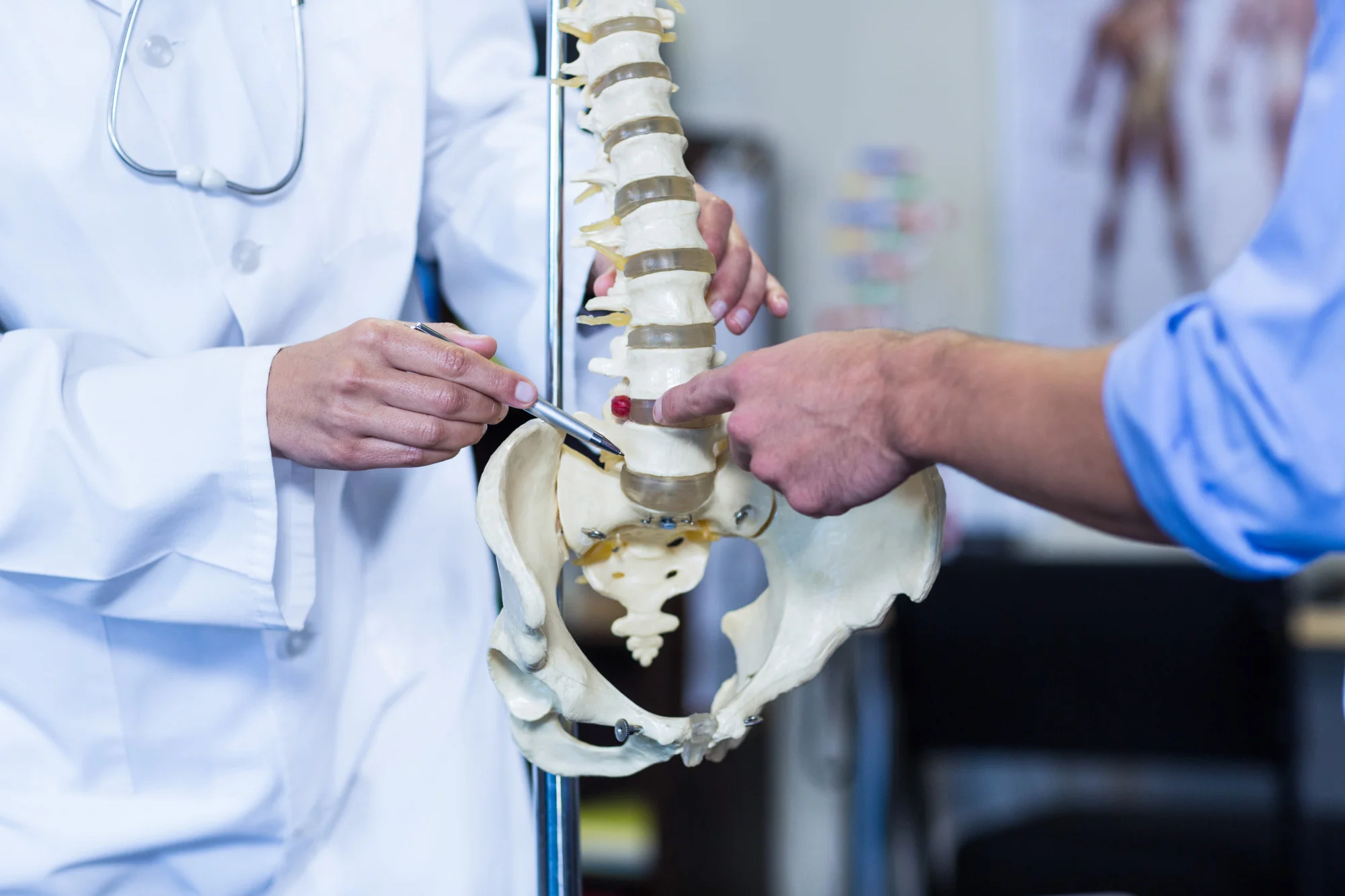A Transformation in Spinal Surgery
A groundbreaking study published in the World Neurosurgery journal has brought about a significant development in the field of Minimally Invasive Spine Surgeries (MISS). Researchers from the Center for Neurosciences and Spine at Virginia Mason Franciscan Health, led by Dr. Philip Louie and his esteemed colleagues, have unveiled a comparative analysis that underscores the advantages of using a Tubular-Mounted Digital Camera (TMDC) versus the traditional Optical Surgical Microscope (OSM) during minimally invasive lumbar decompression surgeries. The findings of this retrospective study suggest substantial enhancements in operative times, surgeon ergonomics, and overall operating room workflow.
DOI: 10.1016/j.wneu.2024.01.036
A Shift in Surgical Practices
The study, which spanned from September 2021 up to June 2022, involved close examination and comparison of single-level MIS lumbar decompression surgeries carried out using TMDC against a historical cohort utilizing OSM dated from January 2020 to July 2021. The patient groups included in the study did not showcase significant differences in age, sex, and Charlson Comorbidity Index (CCI). However, a noteworthy finding was the higher Body Mass Index (BMI) in the TMDC group (29.6 ± 5.1) compared to the OSM group (29.0 ± 7.5), which bore statistical significance with a p-value of 0.04.
Operating times evidenced a remarkable decrease in the TMDC group, averaging at 57.3±16.6 minutes, in contrast to the OSM group’s 66.7±22.5 minutes, with a p-value of 0.004 indicating statistical significance. Additionally, a pivotal aspect of the study was the evaluation of the impact on surgeon ergonomics, measured by the Rapid Entire Body Assessment (REBA) scores. The analysis showed that the TMDC technology contributed to lower REBA scores averaging at 3 as opposed to OSM at 4.1±0.77, reinforcing the ergonomic benefit of TMDC with a p-value of less than 0.001.
Furthermore, factors including equipoise injury rates such as durotomy maintained their rates regardless of the technology in use, reinforcing the safety profile of the TMDC system.
Operational Efficiencies and Improved Safety
The research extended beyond the operating table, incorporating staff surveys to glean insights into the perceived improvements in safety protocols, setup time, and overall enhancement of operational workflow. The results culminated in statistically significant affirmations favoring TMDC, with each aspect leading to p-values of less than 0.001.
Speaking on their findings, Dr. Louie emphasized the crucial role of ergonomics in surgical performance and patient outcomes, stating, “Understanding the ergonomic impact is foundational to critically evaluate the value and safety of enabling technologies in spinal surgeries. Our findings point to a transformative improvement in MISS, where TMDC not only fosters a safer and more efficient surgical environment but also augments the surgeon’s comfort, potentially leading to better patient care.”
The Road Ahead
As the medical community continues to embrace advancements in technology, the paradigm shift from OSM to TMDC signifies not just an evolution but a clear leap forward in MISS, enabling surgeons to operate with greater precision and comfort. The digital age of surgery appears to usher in unprecedented improvements in various healthcare metrics, signaling a disruptive yet positive change in surgical practices.
This study calls for a broader acceptance and adaption of TMDC in clinical settings, encouraging further research and technological enhancements to meet the evolving demands of contemporary medicine.
About the Research Team
Dr. Philip Louie and his team, including Murad Alostaz, Aiyush Bansal, Caroline E. Drolet, Purnima Gyawali, Nadia Khan, Nicole Vivelo, and Farrokh Farrokhi, represent the apex of neurosurgical expertise at the Virginia Mason Franciscan Health Center for Neurosciences and Spine.
About World Neurosurgery
World Neurosurgery is a renowned peer-reviewed scientific journal that showcases advanced research, insights, and case studies in the field of neurosurgery. It provides a powerful platform for professionals to share critical developments that impact global neurosurgical practices.
Acknowledgments
The research team would like to express their gratitude to all the supportive staff involved and the participants for their invaluable contributions to this comparative study.
Keywords
1. Minimally Invasive Spine Surgery
2. Lumbar Decompression Technology
3. Digital Surgical Camera
4. Spine Surgery Ergonomics
5. Neurosurgical Workflow Efficiency
References
1. Louie, P. K., Alostaz, M., Bansal, A., Drolet, C. E., Gyawali, P., Khan, N., … & Farrokhi, F. (2024). A Tubular-Mounted Digital Camera (TMDC) versus Optical Surgical Microscope (OSM) for Minimally Invasive Lumbar Decompression Surgery: The impact on Operative Times, Ergonomics, and Workflow [Abstract]. World Neurosurgery, S1878-8750(24)00048-2.
2. Smith, Z. A., Fessler, R. G. (2019). Innovations in Spine Surgery: The Current State of Endoscopic Spine Surgery. Neurosurgery Clinics of North America, 30(3), 337-346.
3. Li, Y., Field, M., McCulloch, P. (2018). Impact of New Technologies on Stress, Arousal, and Satisfaction in the Operating Room: A Pilot Study. Journal of Healthcare Engineering, 2018, 9060171.
4. Khan, M. A., Prasad, B. K., Kumar, A. (2022). Advanced Microscopes in Neurosurgery: A New Look at an Old Tool. Journal of Neurosciences in Rural Practice, 13(1), 108-114.
5. Stephens, B. J., Turner, P. L., Anstadt, M. P., Haid, R. W., Dowling, A. O. (2020). Using Technology to Enhance Safety and Efficiency in the Operating Room: A Comparative Assessment of High-Speed Surgeons. Surgical Innovation, 27(4), 380-387.
